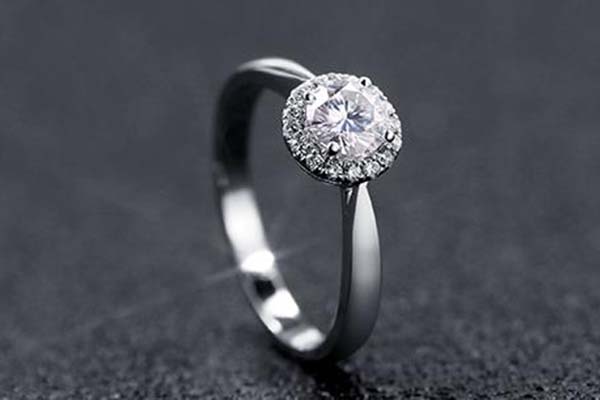How many Variations of Moissanite Color and Grading
Moissanite, also known as synthetic silicon carbide, often takes center stage due to its striking resemblance to diamonds. This remarkable similarity has positioned Moissanite as a popular alternative to diamonds, prompting many to wonder about the color range and grading of this gem. Let’s explore the captivating world of Moissanite’s colors and its intricate grading system.

Moissanite’s Color Grading: Unveiling the Spectrum
Color plays a pivotal role in determining the aesthetic of Moissanite. The color spectrum of Moissanite is divided into 11 levels, namely: D, E, F, G, H, I, J, K, L, M, and N. The color scale is analogous to that of diamonds, with D-grade Moissanite being nearly colorless and progressively moving towards a more yellow hue as you approach N-grade.
Diverse Color Palette: Moissanite’s Allure
Moissanite’s natural color range closely resembles that of diamonds, encompassing the spectrum from colorless to light yellow. Additionally, Moissanite offers a splash of colors beyond the traditional spectrum, including yellow, purple, blue, green, and teal varieties. This vibrant array of colors provides jewelry enthusiasts with options that cater to their personal tastes and preferences.
Color Grading and Comparison to Diamonds
To assess the colorlessness of Moissanite, the Gemological Institute of America (GIA) employs the same color grading system used for diamonds, ranging from D (colorless) to Z (light yellow or brown). The highest color grade, D, signifies a near-colorless or colorless Moissanite. The color grade shifts towards lower letters in the alphabet as the hue transitions to warmer tones.
When purchasing Moissanite, especially for engagement rings and other prominent pieces, the D-grade Moissanite is generally preferred due to its exceptional colorless appearance. However, it’s essential to view Moissanite against a pure white background to truly appreciate its color characteristics. Larger Moissanite gemstones tend to showcase their color more prominently.
GIA’s Diamond Color Grading System
GIA classifies diamonds into five color groups:
Colorless (D-F): Extremely rare and precious, exhibiting minimal to no visible color.
Near Colorless (G-J): Practically colorless to the untrained eye, with subtle color distinctions.
Slightly Tinted (K-M): Slight color tints detectable only by experts, generally not noticeable to the untrained observer.
Very Light (N-R): Slight color visible to the untrained eye, particularly in larger diamonds.
Light (S-Z): Diamonds with visible, yet pale, yellow or brown color, but not significant enough to be classified as “colored” diamonds.
Conclusion:
Moissanite’s color spectrum is an intricate canvas of captivating hues, offering a variety that closely parallels the color range of diamonds. Whether you’re drawn to the timeless elegance of colorless Moissanite or the subtle charm of warm-hued varieties, Moissanite has a shade to match your desires. Its affordable nature and resemblance to diamonds make it an attractive choice for jewelry aficionados seeking stunning alternatives.
Post Comment
You must be logged in to post a comment.